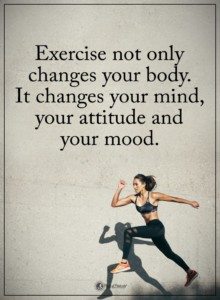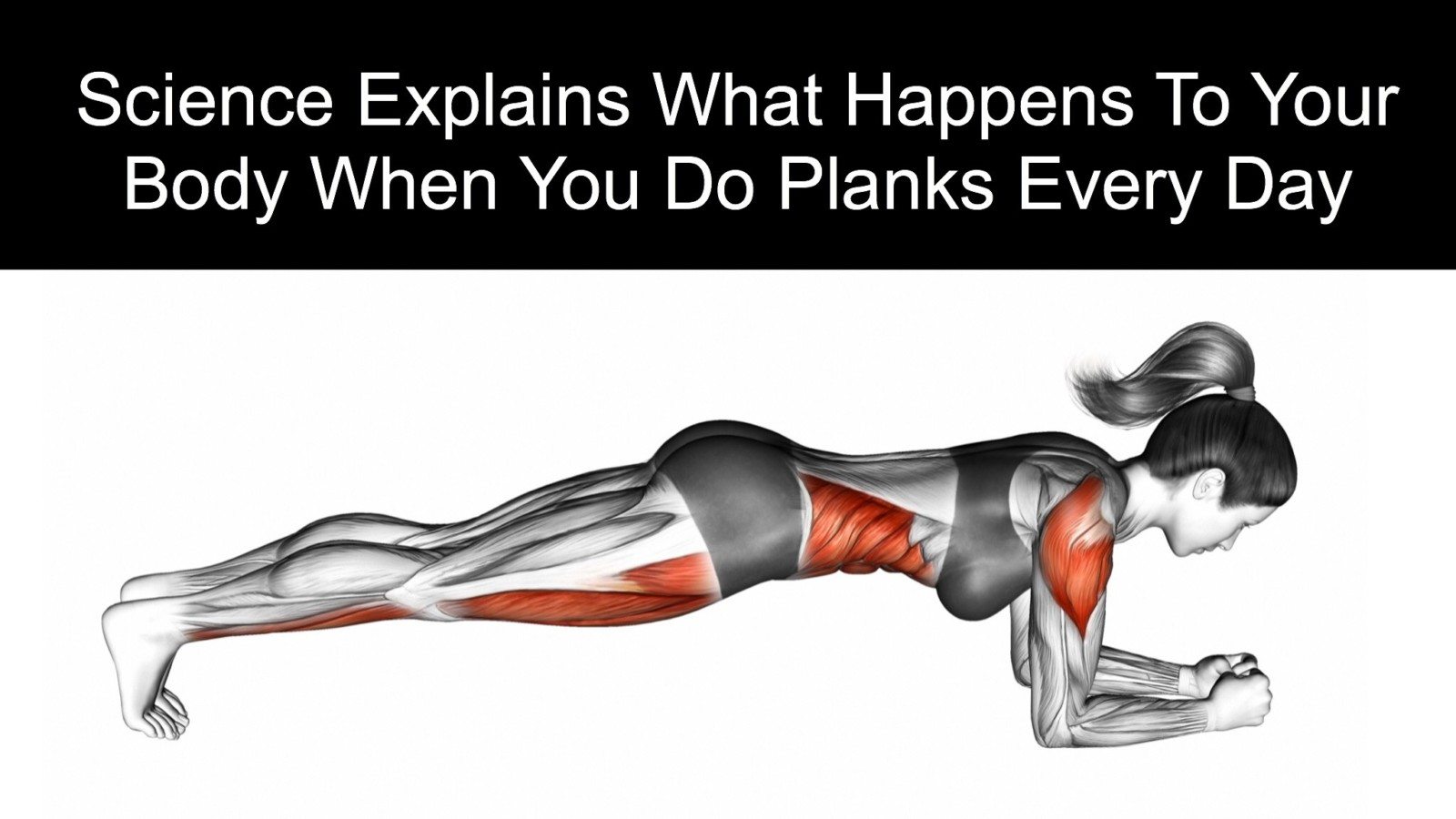Planks have been called “The Perfect Exercise” to change your mind, your attitude, and your mood.
Alternative exercises are highly undervalued. It has gotten to the point where some people think they must dole out hundred-plus dollar gym memberships to get fit. That is all nonsense, of course.
There is plenty of value to be found in so-called minimalist exercise. Planks are one variety of exercises that are both old-fashioned and highly-effective. This writing focuses on (a) the importance of core strength, (b) why planks are a useful core exercise, and (c) how to perform the “classic plank.”
Let’s get to it!
Where Is Your “Core”?
First, let’s discuss what comprises your core muscles. The core consists of the abdominal, back, and pelvic muscles, which are broken down into primary and secondary muscles.
For fitness and science buffs, the primary core muscles are the: pelvic floor muscles, transversus abdominis, multifidus, internal and external obliques, rectus abdominis, erector spinae, and the diaphragm.
The gluteus maximus, latissimus dorsi, and trapezius are considered the secondary core muscles.
Why Is The Core Important?

The core has many vital functions. In fact, the core muscles are involved in just about every imaginable thing that you do, including:
– Back support: Lower-back pain affects 80 percent of all Americans at some point in life. Chronic lower back pain can be painful to the point of being debilitating. Core muscles play the primary role in ensuring a healthy back.
– Posture: Strong core muscles are vital to good posture, which both “trims your silhouette and projects confidence.” Most importantly, good posture limits the amount of wear and tear that inevitably takes its toll as we age.
– Routine movements: Any movement that involves the manipulation of your torso requires the core muscles to execute. This includes bending, sitting, rotating, and standing.
– Stability and balance: Your core essentially “connects” the upper and lower parts of the body. As such, good balance and stability require a well-conditioned core.
Regarding core health, it’s neither a good idea to overwork or under-work these muscles. Overworking or overtraining abdominal muscles increases the risk of long-term injury while underworking or undertraining the core can leave the area weak, not to mention flabby!
Click ‘Next Page (>)’ to keep reading and don’t forget to SHARE with your Facebook friends









